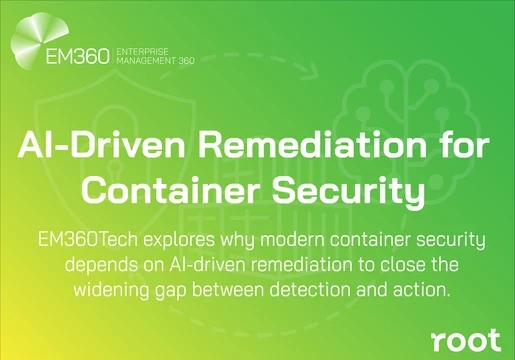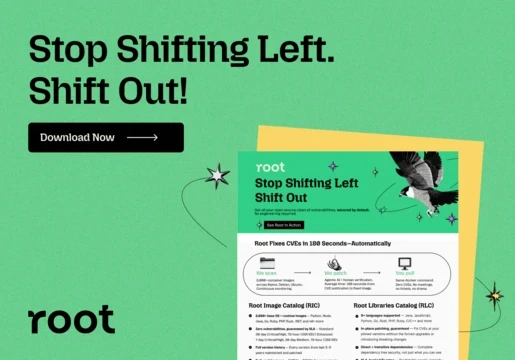
Navigating the Complex World of Cybersecurity Products: Insights from the Frontlines
*Disclaimer -The above podcast is an AI generated summary of Richard Stiennon's article, "10,000 Cybersecurity products and counting".
In today’s rapidly evolving cybersecurity landscape, businesses are under constant pressure to stay ahead. With over 10,000 products from more than 3,700 vendors, it’s no surprise that organisations find it overwhelming to choose the right solutions. The conversation from EM360Tech brings this into focus, highlighting critical insights on how businesses navigate this maze.
The Ever-Growing Security Market
The growth of this market is directly linked to the surge in cyber threats. As new vulnerabilities emerge, more companies are launching specialised solutions to address these risks. The numbers are staggering—thousands of products and vendors—but this specialisation reflects the complex nature of modern threats. Attacks are no longer generic; they are highly targeted, and specific solutions are needed to counter them.
For instance, email and IoT security are two specialised areas with significant vendor representation, boasting 71 and 136 vendors, respectively. However, despite their importance, they don’t even have their own dedicated Gartner Magic Quadrants—a fact that demonstrates just how vast and underrepresented certain sectors of the market are.
The Limits of Analyst Reports
Many decision-makers often turn to analyst reports, with Gartner’s Magic Quadrant being a popular starting point. But the discussion also brings a surprising revelation: there are only 24 magic quadrants for the entire industry. When faced with over 10,000 products, it's clear that even Gartner's extensive analysis covers only a fraction of the available solutions. As the field becomes more nuanced, traditional analyst reports, while still valuable, may not be agile enough to keep up with the rapidly changing market.

In fact, Richard Stiennon points out that 15,400 organisations subscribe to Gartner’s reports, but with over 75,000 Chief Information Security Officers (CISOs) in North America alone, the majority are seeking alternative sources of information.
The Rise of Peer Networks
One of the most valuable takeaways from EM360Tech’s discussion is the importance of peer networks. In a survey conducted by Cybersecurity Dive, 86% of respondents said they rely on their professional networks for researching security products. This makes sense—who better to trust than someone who has already faced the same challenges and can offer practical advice?
While vendor websites are still the most popular source of information (with 88% of respondents using them), peer recommendations are close behind. These peer-to-peer insights provide real-world validation, cutting through marketing jargon to show how solutions perform in actual situations.
Case Studies and Real-World Applications
Another key factor driving decision-making in this sector is case studies. According to the same Cybersecurity Dive survey, 84% of decision-makers find case studies to be valuable. Seeing how a product has helped a specific company mitigate a threat or prevent a disaster carries much more weight than theoretical claims. For instance, if a case study shows how a company avoided a multi-million-dollar ransomware attack, it's far more persuasive than simply saying, “Our product can prevent ransomware.”
This emphasis on real-world success is crucial when outcomes are measurable in both financial and operational impact.
Continuous Learning is Key
In such a dynamic field, continuous learning is essential for professionals. The conversation cites the ISC² report, which shows that nearly 90% of those in the field are engaged in regular professional development. This is not just about staying informed—it’s about building critical thinking skills that allow them to anticipate new threats and solutions before they become mainstream.
Certifications are an important part of this learning journey, with almost two-thirds of professionals holding at least one certification. This helps build credibility and shows that they are equipped to handle the challenges of this ever-evolving field.
Conclusion: A Continuous Journey
As EM360Tech wraps up, the final takeaway is clear: navigating the world of security products is an ongoing process. It requires constant adaptation, continuous learning, and a strong reliance on diverse sources of information, from peer networks to case studies and even analyst reports. In the end, staying ahead means being informed, staying connected, and always seeking out new perspectives.
In a world where the only constant is change, professionals must be agile, well-informed, and proactive to protect their organisations effectively. Knowledge truly is power—and in this field, it’s the power to stay secure.







Comments ( 0 )